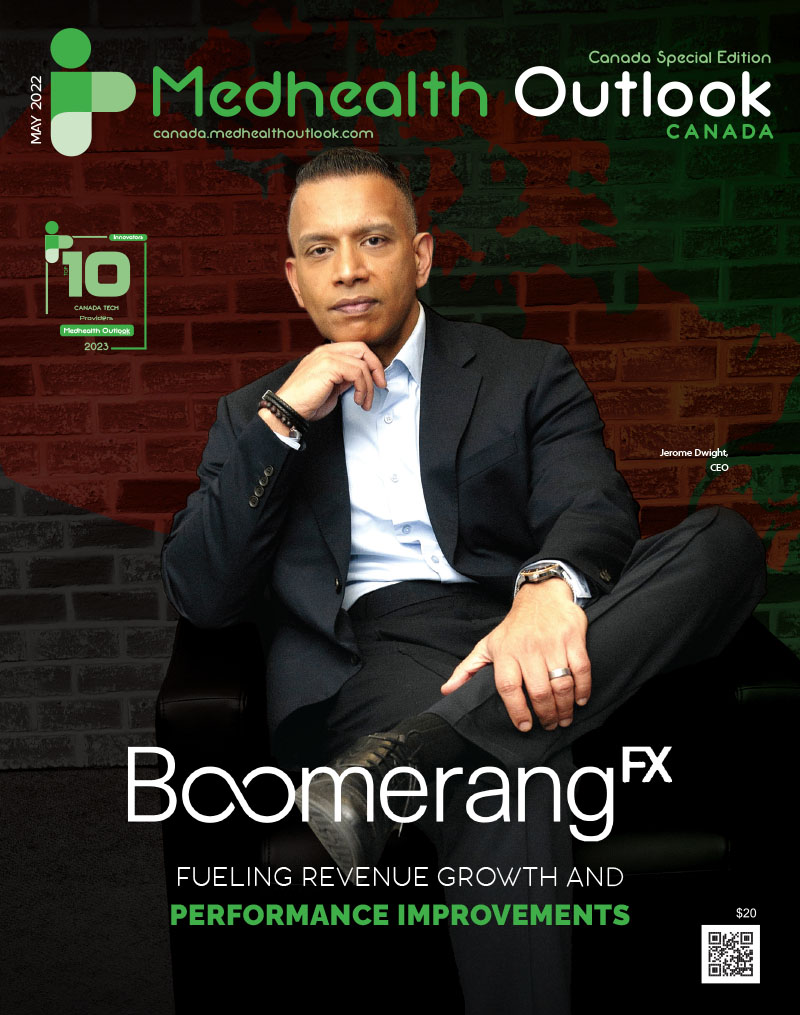The U.S. Surgeon General’s Youth Mental Health Advisory states that the country needs to invest in mental health support along the continuum of care, from prevention and education through clinical care and crisis response (Murthy, 2021). This means supporting individuals with existing mental health issues as well as providing preventative and educational resources (Murthy, 2021). This guidance left some stakeholders wondering, what is a preventative mental health resource and why is it important?
Preventative mental health may be referred to in other terms, including Tier 1 or universal interventions (Arango et al., 2018; Breedvelt et al., 2020). No matter the name, these terms mean the same thing: talking about mental health with the goals to destigmatize and teach coping skills and providing this programmatic support to ALL individuals instead of only those with identified or diagnosed conditions (Arango et al., 2018; Breedvelt et al., 2020; Murthy, 2021).
Schools as a Prime Channel for Prevention
Schools are in a unique position to implement preventative mental health support for children and adolescents. In schools, students see trusted adults like counselors and teachers every week. Talking about mental health regularly with peers and trusted adults – for example as part of a health curriculum – is key to stigma reduction, which leads to increased utilization of mental health services (Adams et al., 2021, Toscos et al., 2019; Wyatt et al., 2021). In fact, our research showed students are most willing to engage in mental health programs when they are provided through the school: 87% if referred by their school, 66% if referred by their doctor, 22% if referred by their friend, and 16% if referred by their family/parent (Warnstadt, Grill & Wheeler, 2022, in press).
Increased Utilization & Access with Digital Programs
Adolescents prefer the convenience and privacy of digital resources, leading to higher engagement rates with digital technologies than with traditional services (Adams et al., 2021; Toscos et al., 2019). Low traditional service utilization rates coupled with increased familiarity with and desire for digital technologies make a preventative digital mental health service an optimal solution for young people (Adams et al., 2021; Toscos et al., 2019; Wyatt et al., 2021). By promoting healthy and self-managed behaviors, breaking down stigma through social connection, and offering real-time crisis support, digital services are effective in managing mental health symptoms in this population (Adams et al., 2021; Wyatt et al., 2021). Research shows young people tend to be even more engaged with mobile health technologies when the platform provided a variety of activities and valuable educational content, offering an easy method for schools to implement low-cost, high-impact preventative interventions (Adams et al., 2021; Fusar-Poli et al., 2021; Toscos et al., 2019; Wyatt et al., 2021).
In summary, there is ample evidence that stress, anxiety, and other types of mental illness or distress can have a significant impact on a young person’s performance in school. Most programs focus on students who need interventions, either in a crisis or ongoing clinical treatment, but it’s well known that prevention can play a major role in fending off mental health crises, mitigating the impact of mental health diagnoses, and improving students’ coping skills and academic performance. As digital natives, students have a high level of trust and comfort with digital resources and find added benefit in the on-demand, private, and community-building aspects of the best digital mental health resources available. Schools would benefit from adopting these technologies because of their benefits to school counselors, teachers, and parents in addition to those enjoyed by the students themselves.
References
Adams, Z., Grant, M., Hupp, S., Scott, T., Feagans, A., Phillips, M. L., Bixler, K., Nallam, P. T., & La Putt, D. (2021). Acceptability of an mHealth app for youth with substance use and mental health needs: Iterative, mixed methods design. JMIR Formative Research, 5(12):e30268.
Arango, C., Diaz-Caneja, C. M., McGorry, P., Rapoport, J., Sommer, I. E., Vorstman, J. A., McDaid, D., Marin, O., Serrano-Drozdowskyj, E., Freedman, R., & Carpenter, W. (2018). Preventive strategies for mental health. The Lancet Psychiatry, 5(7), 591-604. https://doi.org/10.1016/S2215-0366(18)30057-9.
Breedvelt, J. J., Zamperoni, V., South, E., Uphoff, E. P., Gilbody, S., Bockting, C. L. H., Churchill, R., & Kousoulis, A. A. (2020). A systematic review of mental health measurement scales for evaluating the effects of mental health prevention interventions. European Journal of Public Health, 30(3), 510-6. https://doi.org/10.1093/eurpub/ckz233.
Fusar-Poli, P., Correll, C. U., Arango, C., Berk, M., Patel, V., & Ioannidis, J. P. A. (2021). Preventive psychiatry: a blueprint for improving the mental health of young people. World Psychiatry, 20(2), 200-21. https://dx.doi.org/10.1002%2Fwps.20869.
Murthy, V. H. (2021). Protecting youth mental health: The U.S. Surgeon General’s advisory. https://www.hhs.gov/sites/default/files/surgeon-general-youth-mental-health-advisory.pdf.
Toscos, T., Coupe, A., Flanagan, M., Drouin, M., Carpenter, M., Reining, L., Roebuck, A., & Mirro, M. J. (2019). Teens using screens for help: Impact of suicidal ideation, anxiety, and depression levels on youth preferences for telemental health resources. JMIR Mental Health, 6(6):e13230. https://doi.org/10.2196/13230.
Wyatt, T. H., Bayless, A. K., Krauskopf, P., & Gaylord, N. (2021). Using mHealth applications to promote self-managed health behaviors among teens. Journal of Pediatric Nursing, 59, 164-72. https://doi.org/10.1016/j.pedn.2021.04.025.













